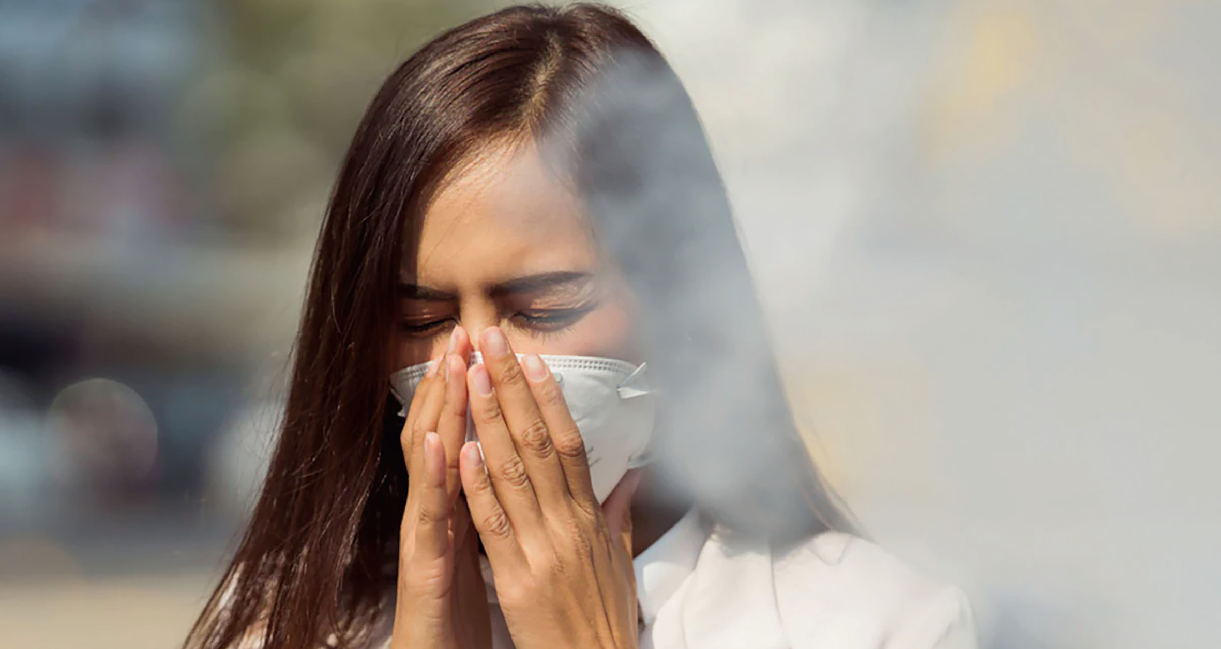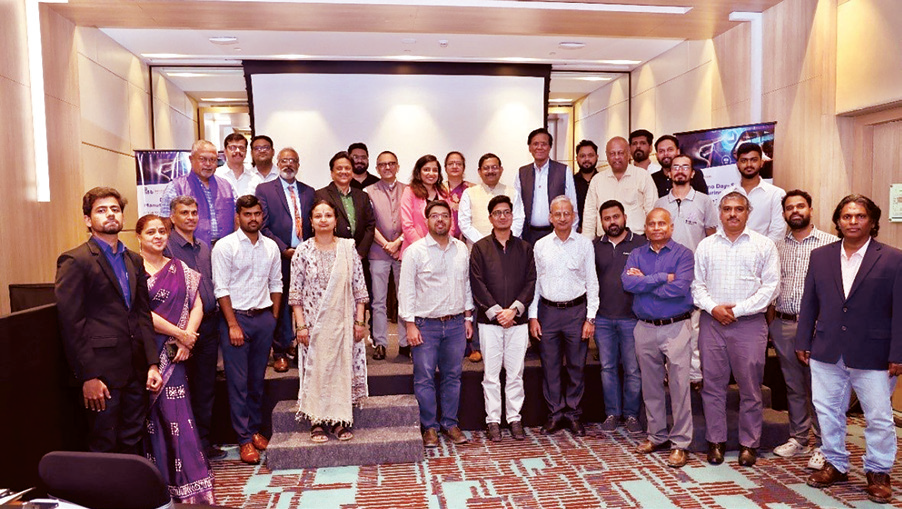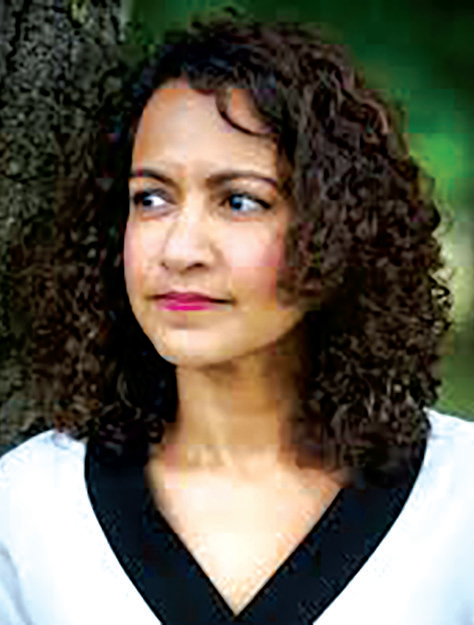
The colours of nature
NT Features
Embellished/Printed/ Painted/Woven was initially conceived to showcase the work of Label Arati, which completed 25 years in 2o20. Covid restrictions did not allow these plans to see the light of day and given the uncertainty, Arati of Label Arati, rethought this project.
She realised that obviously there are many more who have worked in this field and would have got interesting results. So she started collecting unstitched pieces, like sarees and stoles done with natural dyes. To expand this repertoire she commissioned pieces with different types of embroidery on natural dye fabric. Added to this were the kalamkari pieces and the shibori techniques done on different kinds of fabric from organic cotton to silk to chiffon. She added woven pieces with natural dyed yarn on fabrics like hemp.
She discovered so much talent in the field and decided that she had to showcase all this work and talent. Thus was born this exhibition “Natural dye stories by Label Arati” with more than 300 pieces which can be seen and appreciated by discerning eyes of the admirers of good work.
Shibori
The word shibori is from the verb root shiboru, in Japanese which means to wring/ squeeze/press .There are different patterns like itajme, arashi, kanoko, miura kumo and nui. Four of these patterns are on display on the stoles created by Aranya. Oldest examples of the technique have been found in Peru and in China and India. Inspite of it being a meticulous process with intricate designs it can spring some surprises. In the Edo period when certain class of people could not wear silk, or change their wardrobe, shibori was used to reinvent old clothing.
Leheriya
The word refers to the waves of the ocean. Practiced largely in Rajasthan, it is a complex method of rolling, folding and rerolling. With chemical colours multiple colours can be achieved in the fabric. In natural dyes it is not as easy and the exhibition displays a simple leheriya.
There will be workshops during the exhibition which will demonstrate the mata ni pachedi and kalamkari techniques of painting with natural dyes for a limited number of participants who register for the workshop. There is also a workshop on natural dyeing using Natural Mordant and an eco print workshop for home dyers and printers with dye kits provided.
The intention going forward is to do a permanent exhibition of a limited number of pieces in natural dye techniques. As such viewers can convey an expression of interest in pieces they wish to buy. If it does not form part of the permanent collection, they will be given the option to buy. There will be a small sales counter of natural dyed pieces at the exhibition.
The gallery space will showcase work from the Label Arati in garments, sarees and home furnishing, done over 25 years. There will also be art pieces done in natural dyes including an embroidery collection by designer Asif Shaikh.
The exhibition will also showcases rugs, masks in natural dyes, a recycle/reuse collection using natural dyed fabric remnants and the fabric waste from the Label Arati, rewoven into a fabric. Block print samples used over the years at the label will be on display as well.
The area will be decorated with greenery and stone design features of a greenhouse, in keeping with the theme of the exhibition and will be for sale. The purpose of this exhibition is to showcase the beauty of natural dyes, the many ways in which it can enrich our lives, and though it is a water intensive process, the colours remain beautiful and intense even over 25 years. The recycled pieces are an example of how ingeniously even old pieces can be refurbished.
Venue: Bangalore International Centre, Domlur, Bengaluru
Dates: April 30th – May 3rd, 2022
Time: 10 AM – 8 PM
 English daily published in Bengaluru & Doha
English daily published in Bengaluru & Doha






